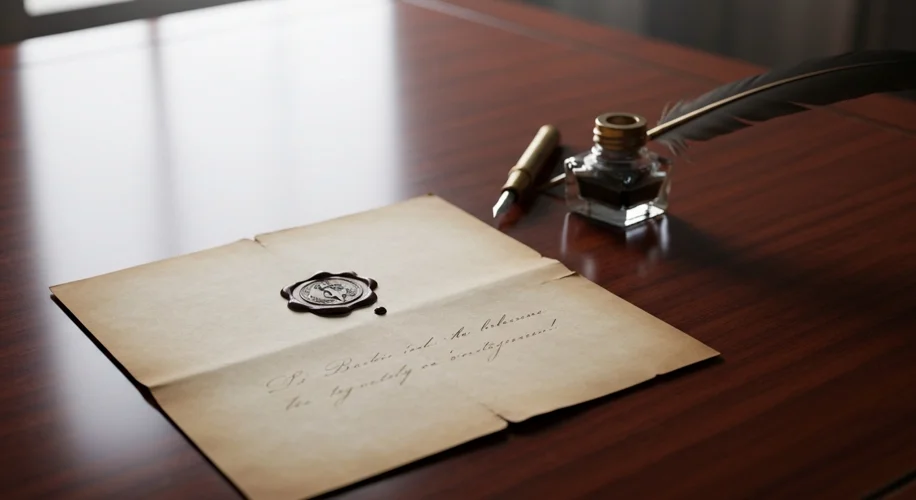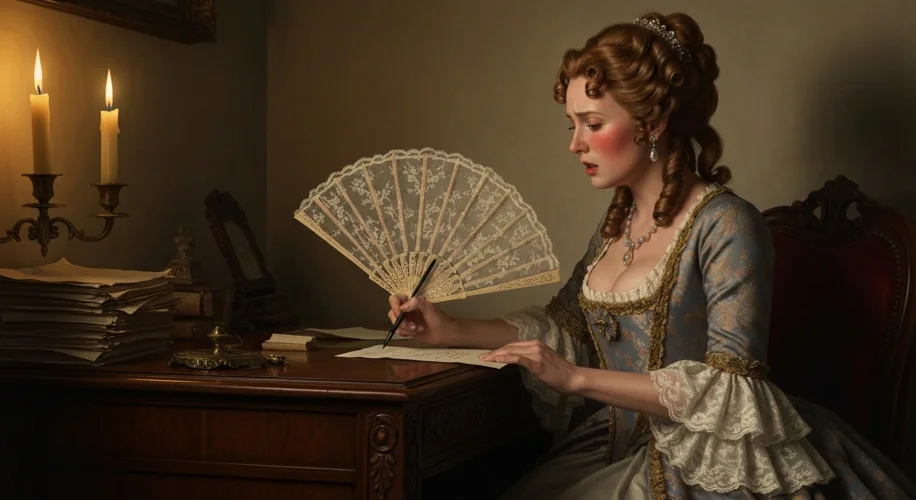In an era when societal norms often dictated a woman’s silence on matters of the heart, particularly her own physical desires, history offers compelling glimpses of courage and candor. Through the intimate medium of personal correspondence, some women dared to articulate their attraction, their longing, and their physical yearning for men, challenging the very fabric of their time.
Consider the era of the Regency in England. While balls and social gatherings provided sanctioned spaces for courtship, the unspoken rules of propriety were paramount. Yet, within the privacy of a penned letter, a different narrative could unfold. Imagine Lady Caroline Lamb, a figure known for her tempestuous nature and her infamous affair with Lord Byron. While her public persona was that of a society wife, her private writings reveal a woman consumed by passion, her letters laced with a frankness that would have shocked the drawing rooms of London.

These expressions of desire were not confined to scandalous affairs or the aristocracy. Across different cultures and centuries, women found ways to voice their attractions, often subtly, sometimes with a directness that speaks volumes about their inner lives. The Victorian era, often characterized by its strict moral code and emphasis on female purity, also saw women writing with a potent undercurrent of sensuality. Letters from women like the writer George Eliot (Mary Ann Evans) to her partner George Henry Lewes, though often restrained by the conventions of the time, hinted at a deep physical and emotional connection.
For many women, expressing such desires was an act of immense bravery. The potential consequences of being perceived as immodest or overly forward could range from social ostracism to damage to their reputation and marriage prospects. Yet, the need to communicate these potent feelings often outweighed the risks. These letters were not mere academic curiosities; they were windows into the emotional and physical landscapes of women who, despite the constraints of their societies, sought to express their authentic selves.
One can look to the correspondence of American figures like Abigail Adams to her husband John. While primarily known for her political insights and domestic management, her letters occasionally reveal a tender longing for his presence, couched in language that, while not explicit by today’s standards, carried a clear weight of affection and physical desire for her absent husband. These weren’t just platitudes; they were genuine expressions of a wife’s yearning.
The nature of these expressions varied immensely. Some were filled with poetic descriptions of physical features that stirred their hearts. Others were more direct, speaking of longing for touch, for embrace, or for the consummation of their desires. The context of each letter is crucial – was it a clandestine communication? A declaration to a beloved husband? Or a bold overture to a potential suitor?
What is remarkable is the sheer courage it took for these women to commit their innermost thoughts to paper, knowing that these letters could, and often did, survive them, becoming historical records. They were not simply passive recipients of affection; they were active agents in their own emotional and sensual lives, finding a voice through the written word when societal norms might have otherwise silenced them. These historical correspondences serve as a powerful reminder that the human experience of desire, in all its forms, has always found a way to be expressed, even in the most restrictive of environments.

